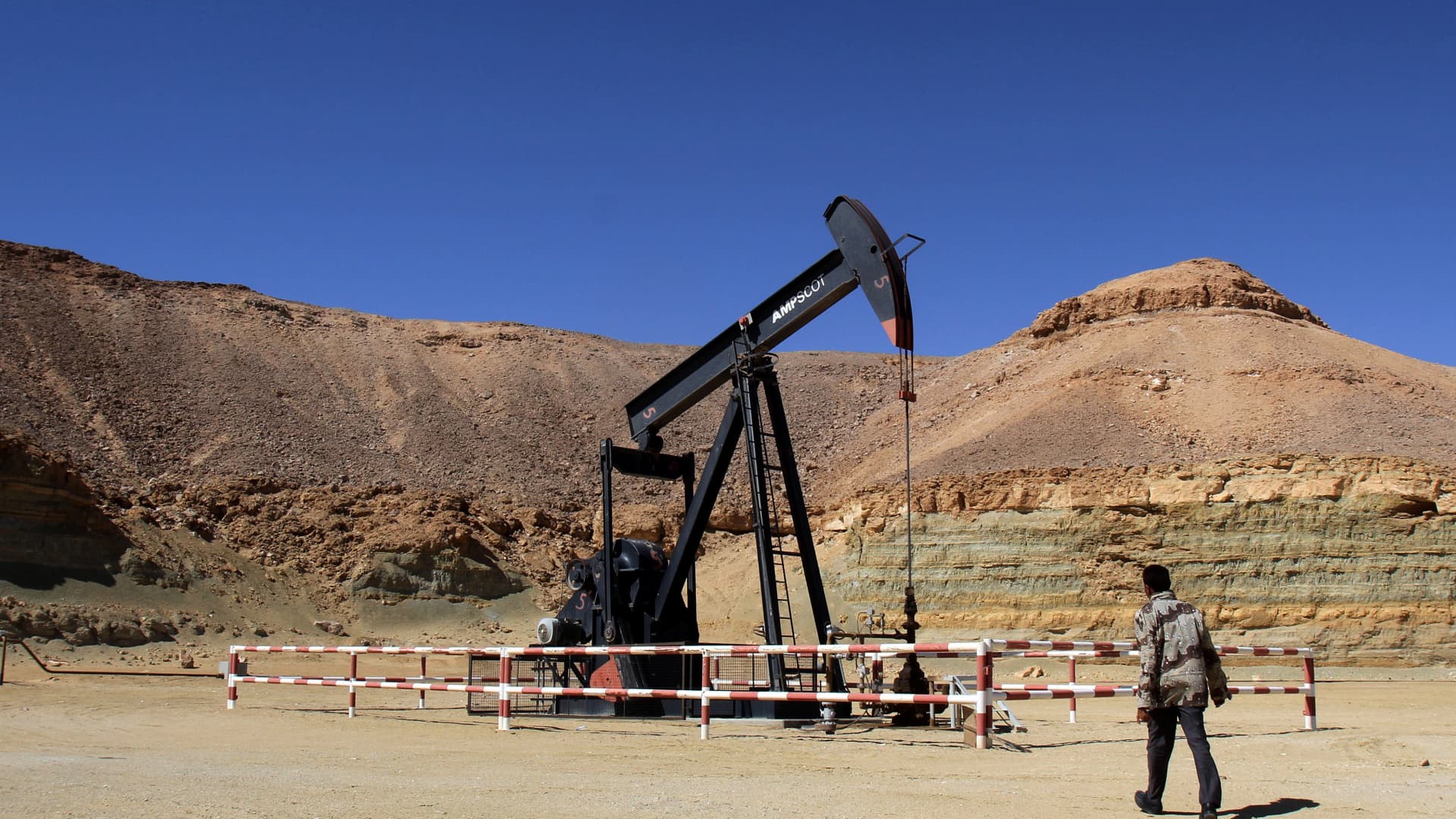

Finance
Oil Sands Definition
Published: January 2, 2024
Learn the definition of oil sands and its significance in the finance industry. Uncover the uses, extraction methods, and related financial implications in this comprehensive guide.
(Many of the links in this article redirect to a specific reviewed product. Your purchase of these products through affiliate links helps to generate commission for LiveWell, at no extra cost. Learn more)
Understanding Oil Sands: Definition, Extraction, and Economic Impact
In the vast world of finance, it’s crucial to stay informed about various industries, including the highly influential energy sector. One fascinating aspect of energy production is the extraction of oil sands. In this article, we will delve into the definition of oil sands, explore the extraction process, and discuss the economic impact of this resource.
Key Takeaways:
- Oil sands, also known as tar sands, are a mixture of sand, water, clay, and bitumen.
- The extraction process of oil sands involves mining or in situ methods.
So, what exactly are oil sands? Often referred to as tar sands, oil sands are a natural resource found primarily in Canada, Venezuela, and other parts of the world. Contrary to conventional oil deposits, which can be pumped out of the ground in liquid form, oil sands are a mixture of sand, water, clay, and bitumen. Bitumen, a dense and viscous form of petroleum, is the primary component in oil sands and serves as the source of unconventional oil production.
Extracting oil sands requires a complex process that involves either mining or in situ methods:
- Mining: This method involves clearing large areas of boreal forests to access the oil sands. Once the land is cleared, heavy machinery is used to remove the sand and extract the bitumen. The bitumen is then processed to separate it from sand and other impurities before it can be converted into usable products such as gasoline or diesel fuel.
- In situ: In situ extraction is utilized when the oil sands are too deep for mining or when the bitumen is too thick to be extracted by traditional methods. This process involves drilling wells into the underground reservoir and injecting steam or solvents into the deposit to liquefy the bitumen, allowing it to be pumped to the surface for further processing.
Now that we have a grasp of the definition and extraction methods, let’s explore the economic impact of oil sands:
The development of oil sands plays a significant role in several national and regional economies. Here are some key points to consider:
- Job creation: The oil sands industry provides employment opportunities for thousands of workers, including engineers, technicians, and various support staff.
- Exports and trade balance: Countries with substantial oil sands reserves, such as Canada, can benefit from exporting the extracted bitumen, helping to improve their trade balance and generate revenue for future investments.
- Investment and infrastructure development: The extraction and processing of oil sands require substantial investments in infrastructure, including pipelines, refineries, and upgrading facilities. This can stimulate economic growth and create opportunities for related industries.
- Energy security: Oil sands provide a source of domestic energy production, reducing the reliance on foreign oil imports and enhancing energy security for the countries that possess these reserves.
In conclusion, oil sands, a mixture of sand, water, clay, and bitumen, represent an important component of the energy industry. Understanding the definition, extraction methods, and economic impact of oil sands is essential for those interested in the finance sector and the energy market. By staying informed about this resource, investors and individuals alike can make more informed decisions and navigate the dynamic landscape of global finance more effectively.














